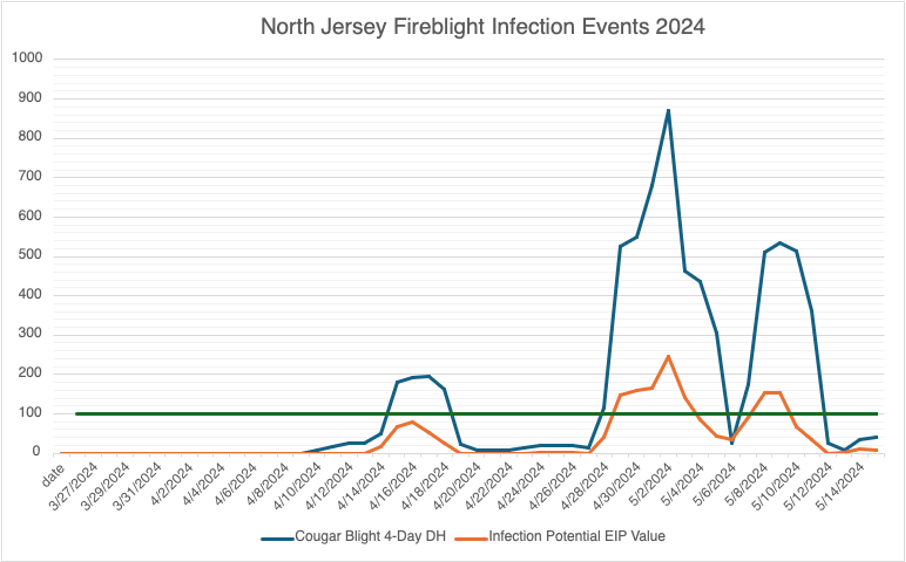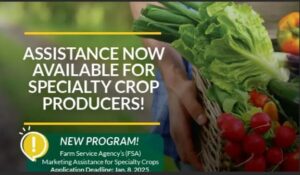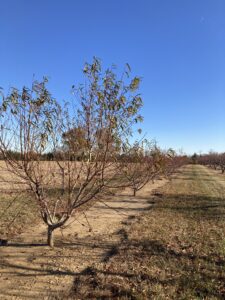Have you had fruit infested by spotted-wing drosophila (SWD) on your farm? Your assistance is needed! A national team of entomologists are gathering information to understand the current impact of SWD on farms and how these impacts have changed over the last 10 years.
If you are willing to share insights from your farm, farms you manage, or growers you work with, please complete this short survey, which will take about 15 minutes or less: https://docs.google.com/forms/d/e/1FAIpQLSeW6rCcyM9vf_sjLJDj0J_6G03jlVbBLZt5rlX7kmzSj0Ypog/viewform
How will this information be used? This information will be used to develop new research goals as part of a USDA Specialty Crop Research Initiative proposal under development. It will also be compared to information collected in similar surveys in 2013 and 2014 to help us understand where challenges still exist for SWD management and what improvements have been made over the last 10 years and shared in extension and research publications.
Who should I contact for more information? For more information about this survey, contact Hannah Levenson, hklevens@ncsu.edu, 919.434.7882. For more information about SWD management, contact members of the project team or your local extension expert.




 The
The  Once leaves begin to turn yellow, brown, and drop off, you can stop supplemental watering. However, if you are in a prolonged drought, as we are currently, there are some factors to consider. For perennial crops that overwinter, severe drought can compromise their ability to store sufficient reserves, which can lead to reduced vigor and potential losses during the winter. It can be the case that during periods of drought, plants may invest more energy into developing deeper root systems; however, over a prolonged period of time, persistent stresses can hinder root development, which can negatively impact water intake and nutrient availability. Additionally, whereas hydrated soils can buffer the penetration of freezing temperatures through the soil surface, dry soils do not offer the same protection, and freezing temperatures can penetrate deeper.
Once leaves begin to turn yellow, brown, and drop off, you can stop supplemental watering. However, if you are in a prolonged drought, as we are currently, there are some factors to consider. For perennial crops that overwinter, severe drought can compromise their ability to store sufficient reserves, which can lead to reduced vigor and potential losses during the winter. It can be the case that during periods of drought, plants may invest more energy into developing deeper root systems; however, over a prolonged period of time, persistent stresses can hinder root development, which can negatively impact water intake and nutrient availability. Additionally, whereas hydrated soils can buffer the penetration of freezing temperatures through the soil surface, dry soils do not offer the same protection, and freezing temperatures can penetrate deeper.